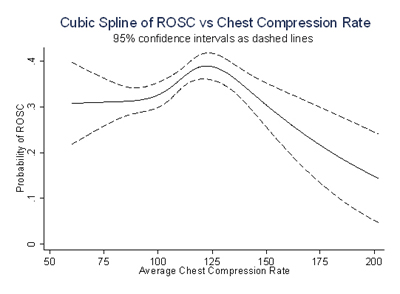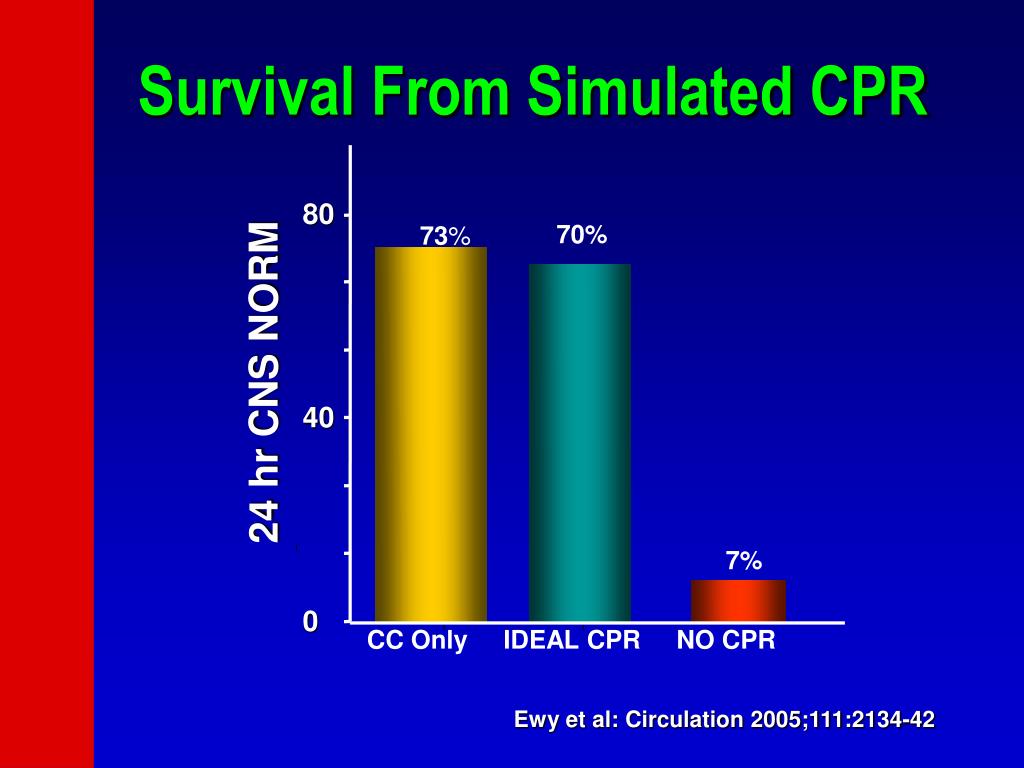

Advanced Airway Ventilations:įor all patients from infant to adult, with an advanced airway in place, providers may deliver 1 breath every 6 seconds (10 breaths per minute) while chest compressions are being performed. Compression-only CPR should be limited to untrained rescuers. Health Care Providers are encouraged to tailor the sequence of rescue actions to the most likely cause of arrest, and they should provide chest compressions and ventilations for all adult patients in cardiac arrest. This BLS and CPR quality change should help minimize the delay to chest compressions and encourage fast, flexible, and efficient assessment based responses. Health Care Providers (HCP) must call for nearby help upon finding a victim unresponsive, but it is practical for the HCP to continue to assess the breathing and pulse simultaneously before fully activating the emergency response system (or calling for backup). Chest compression fraction is a measurement of the proportion of total resuscitation time that compressions are performed. This percent of the time is known as the chest compression fraction time.

The goal for the percent of the time for performing chest compressions is recommended for at least 60% during CPR. This allows everyone to move from a perception of how they did to actual measures of how they performed (perception to reality). Minimizing interruptions:Įmphasis is also being placed on minimizing interruptions in chest compressions. The key change in the ACLS Provider Course is achieving a minimal Chest Compression Fraction (CCF) of 81 for more objective practice and testing. Leaning on the chest creates a slight positive pressure which can have a detrimental effect on resuscitation outcomes.
IDEAL CHEST COMPRESSION FRACTION FULL
This will ensure that full chest wall recoil is achieved after each compression.įull chest wall recoil ensures that the negative pressure involved in the return of blood flow to the heart and myocardial circulation is present. Full Chest Wall Recoil:Īnother BLS and CPR quality change includes emphasizing to rescuers that they must avoid leaning on the chest between compressions. This change added an upper limit of 120 because compression rates greater than 120 per minute negatively affect outcomes for cardiac arrest. Compression Rate:ĭuring cardiac arrest lay rescuers and health care providers should perform chest compressions at a rate of 100 to 120 per minute. This compression depth limit was implemented because there is evidence that complications may arise when compression depth exceeds this limit. In addition to this, the BLS and CPR quality changes for compression depth include avoiding excessive chest compressions.Ĭhest compression should not be deeper than 2.4 inches (6cm) allowing for complete chest recoil between each compression. The recommended depth of chest compressions will remain at, at least 2 inches (5 cm). These BLS and CPR quality changes are reviewed below. As a result, there have been changes to the BLS and CPR quality guidelines. For additional information visit Linking to and Using Content from MedlinePlus.High-quality CPR continues to be of primary importance in optimizing outcomes for cardiac arrest. Any duplication or distribution of the information contained herein is strictly prohibited without authorization. Links to other sites are provided for information only - they do not constitute endorsements of those other sites. A licensed physician should be consulted for diagnosis and treatment of any and all medical conditions. The information provided herein should not be used during any medical emergency or for the diagnosis or treatment of any medical condition. This site complies with the HONcode standard for trustworthy health information: verify here. Learn more about A.D.A.M.'s editorial policy editorial process and privacy policy. is among the first to achieve this important distinction for online health information and services. One of the biggest unknowns ifchest compression fraction (CCF), which is the optimal fractionof time spent applying compressions. follows rigorous standards of quality and accountability. for appropriately se- lected patients.68 The ideal candidate is young with a. is accredited by URAC, for Health Content Provider (URAC's accreditation program is an independent audit to verify that A.D.A.M. Minimizing pauses in compressions (chest compression fraction > 60) Avoiding excessive ventilation by maintaining 2 breaths to every 30 compressions without. 45.5 Chest compression fraction ( CCF ) describes the continuity of chest.


 0 kommentar(er)
0 kommentar(er)
